2021
Uralkali became the first mineral fertiliser producer in Central and Eastern Europe to sign the region’s largest USD 1,250 million 5-year loan linked to ESG performance with 18 banks.


|

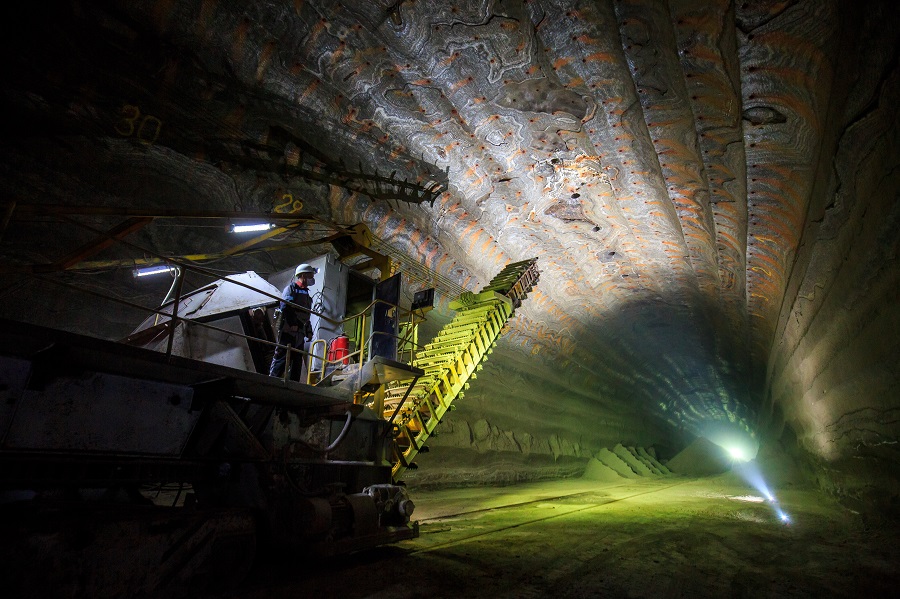





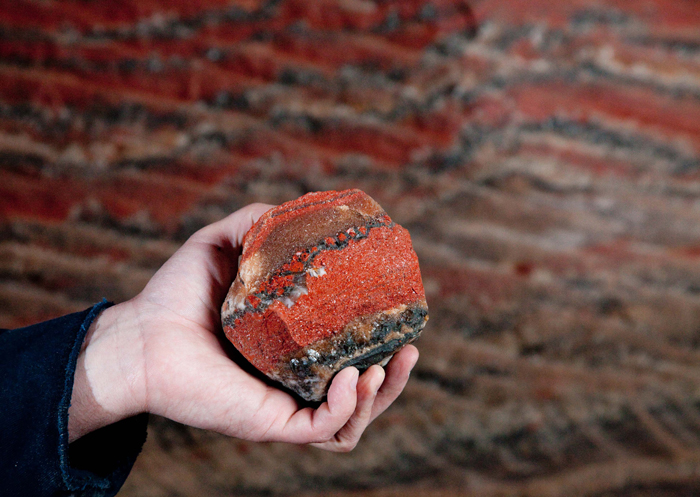





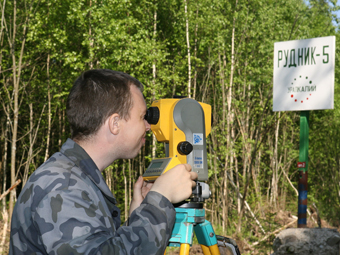









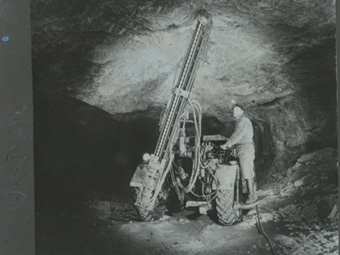








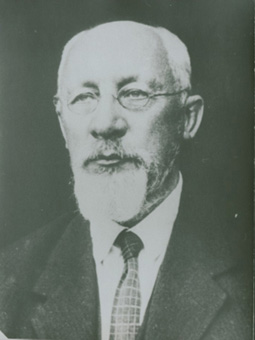
2021Uralkali became the first mineral fertiliser producer in Central and Eastern Europe to sign the region’s largest USD 1,250 million 5-year loan linked to ESG performance with 18 banks. 2020Uralkali has achieved a strong debut score in the SAM Corporate Sustainability Assessment ESG-rating conducted by one of the most reputable rating agencies S&P Global.
2020Uralkali began implementation of its ESG Strategy until 2025. In order to adapt to the evolving global trends in sustainable development, three additional priority areas were added to the new strategy: climate change, sustainable agriculture, and responsible procurement and supply management. 2019Uralkali signs its first dual-currency pre-export facility.
2017Uralkali successfully closed the book for a debut local exchange bond (series PBO-03-P) under its exchange bond programme. 2016Uralkali secured a US$1.2 billion syndicated loan, the largest in its history. 2015Uralkali delisted its Global Depositary Receipts from the London Stock Exchange. 2014Uralkali obtained a licence to develop the Romanovsky block of the Verkhnekamskoye deposit with reserves of 385 million tonnes of sylvinite, according to the Company’s estimates. 2012Uralkali started the construction of the Ust-Yayvinsky mine shafts. Videos
2011Uralkali and Silvinit merged to create one of the world’s leading potash producers
2010A controlling stake in Uralkali was sold to companies owned by Russian businessmen Suleyman Kerimov (25%), Filaret Galchev (15%), and Alexander Nesis (13.2%), while retaining about 10% of Uralkali shares.
2009With the support of Uralkali and Silvinit, the Potash Institute was established on the campus of the Perm State Technical University.
2008Silvinit acquired a license to mine and explore the Polovodovsky block of the Verkhnekamskoe deposit. 2007In October 2007, Uralkali listed its shares on the London Stock Exchange. Uralkali’s order book was 23 times oversubscribed. 2006In October 2006, brine started seeping into Berezniki-1 mine. For ten days Uralkali did its best to save the mine. However, an increase in the brine flow forced the Company to cease operations at the mine. The State Commission established by Russia’s mining safety watchdog, Rostekhnadzor, investigated the causes of the accident and concluded that it was the result of a geological anomaly in the structure of the Verkhnekamskoe deposit. The circumstances of the accident were classified as “extraordinary and unavoidable”. 2004Uralkali obtained a license to develop the Ust-Yaivinsky block of the Verkhnekamskoe deposit. 2001The Baltic Bulk Terminal (BBT) was launched in Saint Petersburg. BBT is currently among Russia’s leading mineral fertiliser transshipment terminals. 1992The Berezniki-4 chemical enrichment plant produced its first 98% potassium chloride. Uralkali became a joint stock company. The Silvinit Production Association was renamed as OJSC Silvinit. 1986The mine at Berezniki-3 was flooded following the disruption of waterproof strata which allowed water penetration from higher layers into the mine. In order to maintain raw material supply to the Mine 3 enrichment plant, it was decided that potash ore be supplied from Mine 4, which was then under construction. Mine 4 is Russia’s most recent potash mine. It produced its first ore in late 1986 and is now Uralkali’s largest mine. 1983The Solikamsk Potash Mill was divested from the Uralkali Production Association and incorporated into a separate entity called the Silvinit Production Association. 1973The Third Potash Mining Complex (Berezniki-3) started potassium chloride production. Berezniki-3 was then the world’s largest producer of potash. 1965Construction began of the Third Potash Mining Complex with an annual capacity of 3.6 million tonnes in Berezniki. 1964The Soviet National Economy Council agreed to establish the Uralkali industrial association in Berezniki, combining the First and Second Potash Mining Complexes located in Solikamsk and Berezniki respectively. These facilities formed the First Potash Mining Complex. The construction of the Second Potash Mining Complex in Berezniki, with an annual capacity of 3.5 million tonnes, was started. This is now Berezniki-2. 1963The USSR’s first flotation enrichment plant was launched at the Berezniki Potash Mining Complex. 1962The carnallite plant’s first production line, with an annual capacity of 180 tonnes, was put into operation. 1950–1960The Berezniki Mine underwent a large-scale refurbishment, with the automation of manual labor processes. 1949Further construction work at the Berezniki Second Potash Mining Complex was resumed. 1942The Berezniki Potash Mining Complex started to produce pure white and technically modified salts. During the World War II, the USSR urgently needed carnallite to produce the magnesium required by the aviation industry. The carnallite ore reserves found in the Verkhnekamskoe potash-magnesium salt deposit enabled carnallite production. On May 1, 1944 the first carnallite was produced. 1936The construction of the Berezniki Potash Mining Complex was suspended due to financial constraints and was resumed shortly before World War II. 1934The First Potash Mining Complex was launched in Solikamsk. 1932The excavation of the first Berezniki mine shaft started. In 1935, this shaft and a second shaft were linked. 1930Soyuzkali decided to construct the Second Potash Mining Complex in Berezniki, later to become Uralkali’s Berezniki-1. 1927The construction of the First Potash Mining Complex began in Solikamsk. 1926The USSR State Planning Committee Presidium approved a resolution to develop the Soviet potash industry around Solikamsk and its adjacent fields. The Soyuzkali Group was established. 1925Prospectors, headed by Professor Pavel Preobrazhensky, discovered the Verkhnekamskoe potash-magnesium salt deposit.
Company News
Quick Links
|